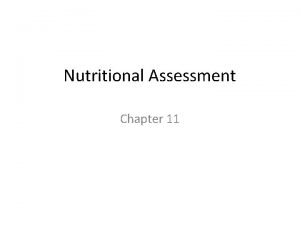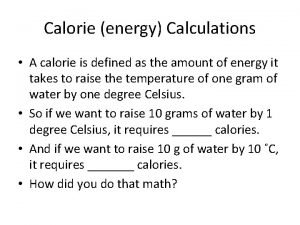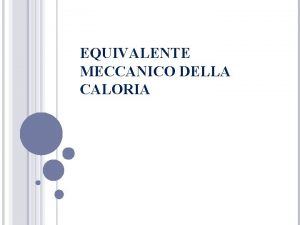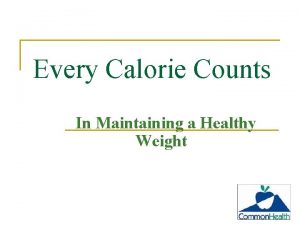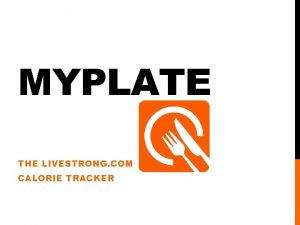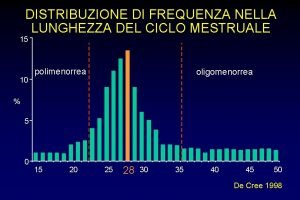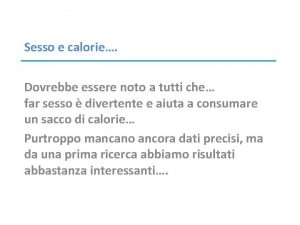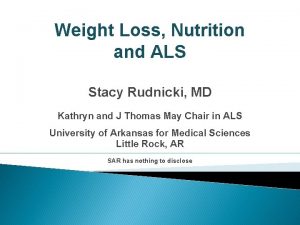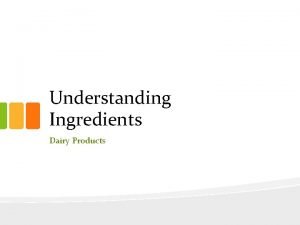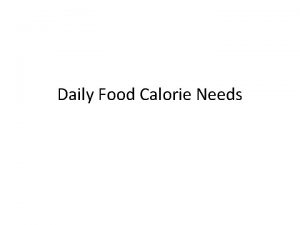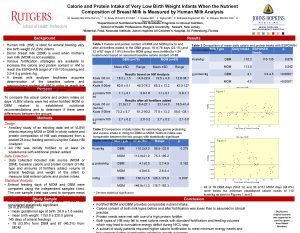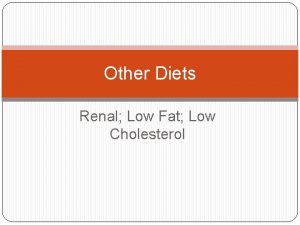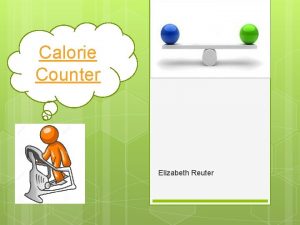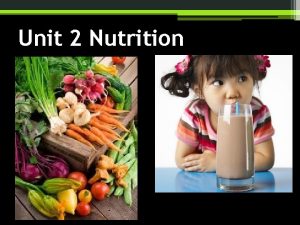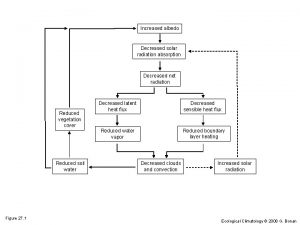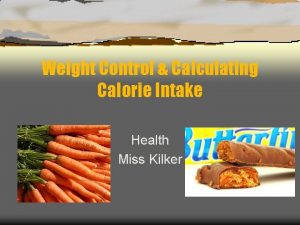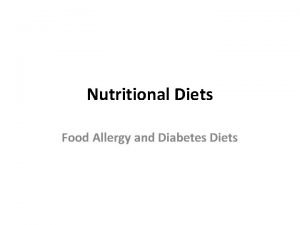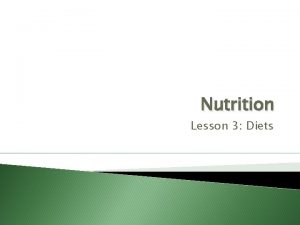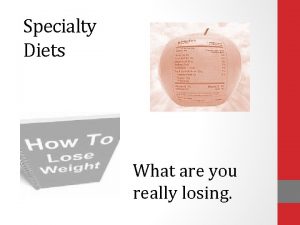Hypokalemiacauses n Decreased K intake Low calorie diets



























- Slides: 27

Hypokalemia-causes n Decreased K intake – Low calorie diets – rare n Increased K entry into cells – – – – Alkalosis Increased insulin Increased Catecholamines Channelopathies Increased RBC production Hypothermia Chlorquine intox

Hypokalemia n Increased GI losses – Vomiting, Diarrhea, NG tube, laxatives n Increased Urinary losses – – – – – Diuretics Mineralocorticoid excess Nonreabsorbable ions Metabolic acidosis Hypo. Mg Nephropathies Ampho B Polyuria Licorice

Hypokalemia Increased Sweat Losses n Dialysis n Plasmaphoresis n

Presentation n Neuro muscular K 2 -2. 5 – Weakness prox > distal, loss of reflexes n Cardiac – Arrhythmias – EKG n. U Hyper waves, prolonged QT, small T wave K+ K+ K+ K+ Hypo T wave K+

Familial Periodic Paralysis n Types – Hyper Kalemic – Hyper. PP – Hypo Kalemic – Hypo. PP – Thyrotoxic- TPP n Genetic mutation – Autosomal dominant and sporadic

Channelopathies n n Inability to find a decent TV program despite having cable and 150 channels to chose from. Functional disturbances of ion channels in the cell membrane – “Flaccid muscle weakness due to under excitability of sarcolemma. ”

Hypo. PP n Rare, potentially fatal episodes of muscle weakness – Asian population Acute attacks due to K+ moving into cells n Precipitated by exercise, carbs, stress n K level n – Low – Normal* (low K + Rhabdo) n Often self limiting

Treating K problems ABCs n IV – O 2 – Monitor n Stat labs n Check Mg, CPK, TFTs n Oral K is good for non life threatening hypo. K n – Watch N/V – Use PO KCl if hypo K is due to loss of Cl

Hypo. PP - Rx n Administer K+ – 10 -20 meq/hr IV (Higher via central line if severe) – 40 -60 meq PO x 2 Check the K+ q 15 -30 min n Rx thyrotoxicosis w/ propanolol n

Hypo. PP - Discharge Daily oral K does not prevent attacks n Carbonic anhydrase inhibitors. Acetozolamide n Low carb diet n Consult/referral n

Caveats – K problems n 1 meq decrease in K represents 300 meq deficit* – If hypo K is due to loss – Remember, 98% of K is in the ICF n 0. 1 drop in p. H raises K by 0. 6 – Think of acid/base problems n Is this primary or secondary problem?

Dangers in Rx PP n Check the type before starting K – Must confirm if hypo, hyper or nl n Remember this is a cellular shift – Rebound hyper K can occur if you are too aggressive w/ K replacement n Watch for respiratory insufficiency !

MUDPILES n Methanol/Ethylene glycol – Certainly possible – Pt denied – No visual sx – No Ca oxalate xtals – Woods lamp – Osm gap

MUDPILES n Uremia – BUN/Creat OK n DKA – Not a diabetic, Glucose OK n Paraldahyde – No pungent odor n Isoniazid – No hx TB Rx

MUDPILES n Lactic Acidosis – Abd pain -> dead gut – Decreased perfusion – Liver failure – Alcohols – Meds – Inborn errors – Lactate -> 27

MUDPILES n Ethanol - Alcohol Ketoacidosis – Binge drinker, Not eating n Salicylates – No Hx of ASA use

Hospital Course Developed DTs n + C. Dif culture n Feeding tube placed n acute alcoholic hepatitis and severe dehydration and metabolic disarray with severe hypokalemia, hypophosphatemia, hypomagnesemia, acute renal failure, lactic acidosis, n

Alcohol ketoacidosis Uncommon, often missed n Binge drinkers n

AKA - 3 factors 1. 2. 3. Alcohol intake Decreased caloric intake Volume depletion Results in starvation physiology

AKA n Decreased caloric intake – Counter regulatory hormone release – Epinephrine, cortisol, growth hormone – Elevated glucagon, decreased insulin – Promotes lipolysis and fatty acid mobilization n Volume depletion – Elevated glucagon, decreased insulin

AKA n Alcohol intake – Oxidation of ETOH-> ->acetate – NAD->NADH which raises glucagon, decreases insulin – Promotes betahydoxybutyrate vs acetoacetate – Decreased gluconeogenisis

AKA n Symptoms – N, V, abd pain – Dyspnea, tremulousness – Muscle pain, fever, diarrhea, syncope, Sz n Physical – Tacycardia, tachypnea, abdominal pain, – Hepatomegaly, hypotension

AKA n Differential Dx – – – – Cholecystitis Peptic ulcer, gastritis Mesenteric ischemia Pacreatitis Withdrawal syndromes Metabolic acidosis DKA Methanol, Ethylene glycol

AKA - labs n p. H –low, high or nl – Metabolic acidosis -> ketones – Metabolic alkalosis -> vomiting – Respiratory alkalosis -> hyperventilation n Serum ketones low, high or nl – Betahydoxybutyrate Lytes –abnormal n Lactate – mildly elevated n

AKA-treatment Volume replace n Carbohydrate replacement n – D 5 NS n Fix electrolyte abnormalities – K, Mg, acidosis n Address associated problems – Withdrawal, Wernikes, GI bleed, hepatitis, pancreatitis, pneumonia, rhabdo, etc.


I have never been lost, but I will admit to being confused for several weeks.
 Low voltage = low hazard
Low voltage = low hazard Mid low high
Mid low high Low dominance and low sociability
Low dominance and low sociability High precision vs high accuracy
High precision vs high accuracy Chapter 11 nutrition and diets key terms
Chapter 11 nutrition and diets key terms Fad diets def
Fad diets def Chapter 11 managing weight and eating behaviors
Chapter 11 managing weight and eating behaviors Diets based on only one basic food element
Diets based on only one basic food element Chapter 11 nutrition and diet
Chapter 11 nutrition and diet Chapter 11 nutrition and diet
Chapter 11 nutrition and diet Optimal nutritional status
Optimal nutritional status Calorie is defined as
Calorie is defined as Dieta normocalorica
Dieta normocalorica 4 186 joule
4 186 joule Superfoods
Superfoods Composition dragibus
Composition dragibus Myplate livestrong
Myplate livestrong Perdite rosa in menopausa
Perdite rosa in menopausa Calorie restriction
Calorie restriction Dean pomerleau
Dean pomerleau Oligomenorrea
Oligomenorrea Sesso calorie
Sesso calorie Harris-benedict -basal metabolic rate calorie calc
Harris-benedict -basal metabolic rate calorie calc Enfamil gentlease 22 calorie formula recipe
Enfamil gentlease 22 calorie formula recipe Calorie noci
Calorie noci Différence entre calorie et kilocalorie
Différence entre calorie et kilocalorie Calcolo fabbisogno calorico giornaliero
Calcolo fabbisogno calorico giornaliero Cheese lactose chart
Cheese lactose chart










